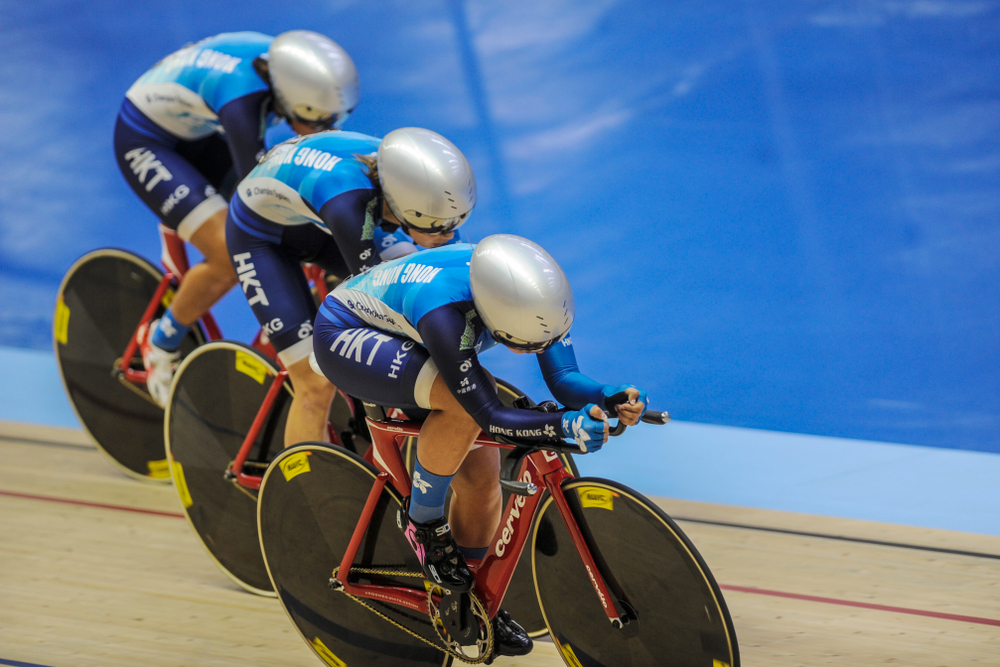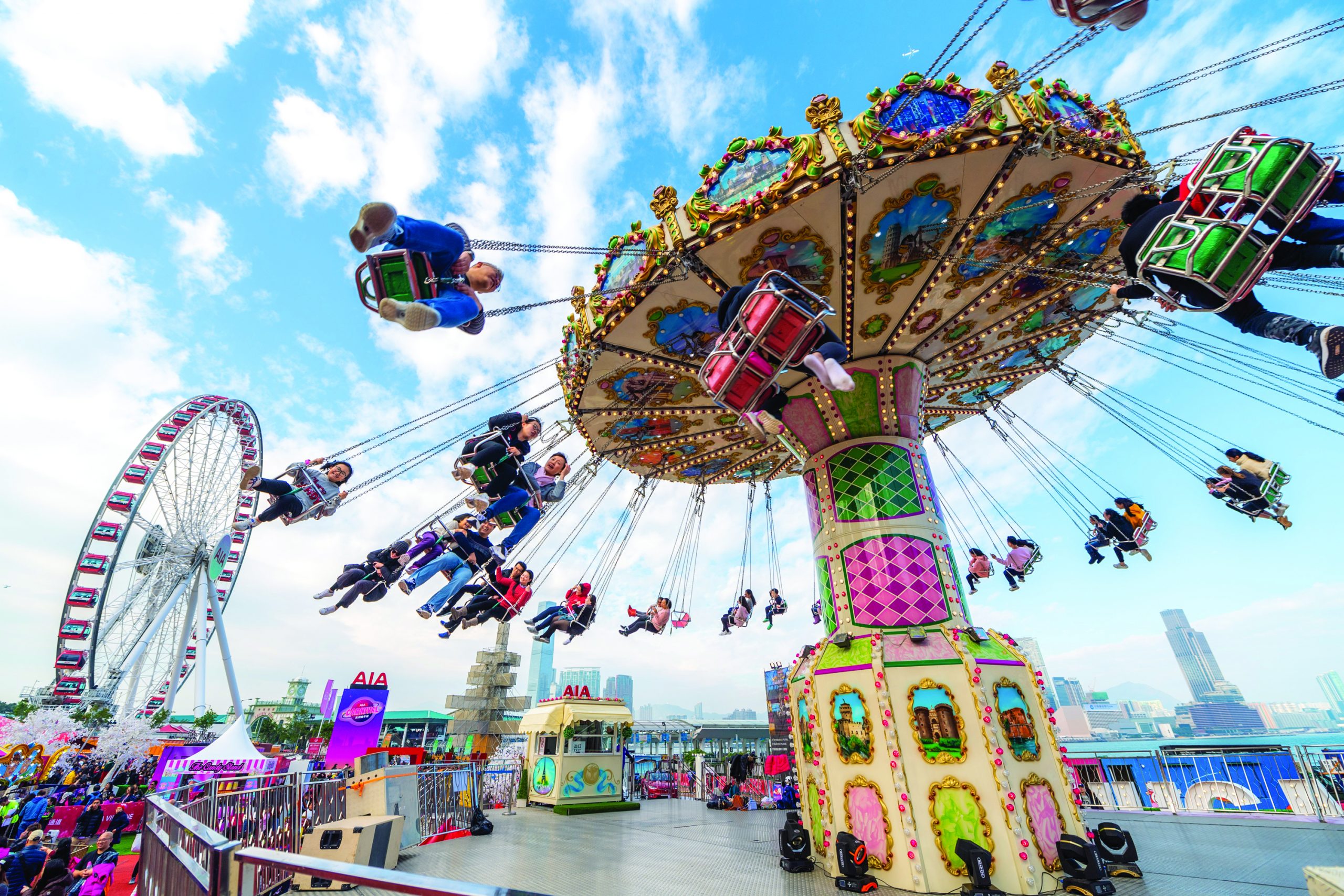Fashion is about beauty, creativity and style, but above all, it is a barometer of social change – a comment on our current state of mind.” This quote from Hong Kong fashion designer Barney Cheng was used to promote January’s EcoChic fashion show in Shanghai held in conjunction with financial firm UBS’s 2009 Greater China Conference.
The focus of this year’s UBS Conference was sustainable development, which fitted neatly with the EcoChic ethos of promoting environmental sustainability and creative recycling within the fashion industry.
“I was delighted for EcoChic to be a part of the conference. It has proved to be highly effective in raising awareness of environmental issues among the investment community,” says Nicole Yuen, head of equities for China, UBS Investment Bank.

“We are proving that a sustainable business does not need to compromise profits, technological advancement and competitiveness.”
The evening event was held at 1933 in Shanghai, which – in a city where new-build is the constructive modus operandi – is a fine example of adaptive reuse. Built in the 1930s, this striking art-deco building was once East Asia’s most prolific abattoir. It fell into disrepair in the 1990s, but was recently renovated and restyled as a creative arts, design and retail centre; 1933’s showpiece events arena is the Theatre on the top floor, featuring stripped concrete walls and floor and bountiful natural light via floor-to-ceiling windows and a rooftop oculus.
EcoChic Shanghai is part of EcoChic Fashions, a touring show that promotes ecologically sustainable luxury living. The concept was developed by Hong Kong-based non-profit organisation Green2Greener.com. On hearing of the initiative, UBS approached the group with a view to working jointly on a corporate event in Jakarta. Since then, EcoChic events have been held in Hong Kong and Shanghai, with future shows planned for Mumbai, London, Seoul and Sydney.
“Our main objective was to produce a top-quality event that our sponsors would be delighted with,” says Dr Christina Dean, founder of Green2Greener.com. “Our main challenge is keeping the event running perfectly. We collaborated with so many moving parts – from over 40 different fashion designers, various textile manufacturers, art directors, backstage managers, 12 models and 15 dressers, DJs, PR agencies, massive production and TV production crews – so our event management and communication skills had to be immaculate.”

The EcoChic/UBS show in Shanghai presented the works of more than 40 leading fashion designers from around the world – including names like Barney Cheng, Diane von Furstenberg, John Rocha and Elena Garcia alongside up-and-coming Chinese designers like Jenny Ji, Lu Kun, NuoMi, He Yan and Liu Wei.
The planning began in November 2008, and the show came together relatively quickly based on the experiences of previous events in Jakarta and Hong Kong. “We sourced the fashion designers and textiles, mostly from within China, and all other fashion show elements, from make-up and models to dressers and DJs,” says Christina Dean. “We outsourced some elements such as the catwalk and dressing room construction and the audiovisual equipment. And we worked closely with UBS and its events marketing team and contractors.”
Before the evening gala, UBS and EcoChic held a late-afternoon fashion show for the local media to showcase the eco-friendly fashion concept. A CD information pack, to avoid wasted paper, explained the properties of the eco-textiles on view. Organic cotton, for example, is grown without chemical pesticides and genetically modified seeds. Bamboo, meanwhile, is the world’s fastest growing crop, has natural antibacterial properties and is biodegradable and breathable. Other sustainable textiles include hemp, which removes five times the CO2 from the atmosphere as the same acreage of trees, and soy, which is often known as “vegetable cashmere”.
As the media show Q&A with local Chinese fashion designers finished, UBS conference guests arrived at 1933 from their daytime venue. After a buffet dinner and drinks, they were treated to a three-part evening fashion show.
The first section – named Vintage – showcased fashion made from second-hand and recycled garments by names like Valentino, Gucci and Thierry Mugler. Eco-friendly Ready-to-Wear, by designers including Eco Boudoir, Lara Miller and Belle & Dean, formed the second part. The finale was an Eco Couture mini show, with 21 one-off dresses using eco-friendly textiles and recycled materials by, among others, Dorian Ho, Diane von Furstenburg and Nathan Jenden.
After the show, Sotheby’s hosted a charity auction of two garments: a Barney Cheng couture dress made from recycled parts of other fashion designers’ wardrobes, and a scarlet cheongsam dress by Dorian Ho made from certified organic silk. The CNY20,000 (US$3,000) raised from the auction went to the World Wide Fund for Nature.
As they left the venue, guests were given a limited edition G2G tote bag designed by Kotur and made from recycled ballroom table coverings from the former Ritz-Carlton hotel in Hong Kong.
ECO CHALLENGE FOR DESIGNERS
Creating high-fashion designs using eco-friendly textiles was a new experience for the leading industry names that took part in the Shanghai EcoChic show.
“It was a very big challenge, as this was my first time creating a design using eco-friendly fabrics,” says Shanghai-based couturier Lu Kun. “I used plain cotton and bamboo to create something glamorous and sexy. This is a first step, a learning process, but I enjoyed it a lot.”
Hong Kong-based Cecilia Yao conceptualised her design into a bespoke wedding dress. “I designed an eco-friendly wedding dress made from organic silk and recycled materials. Getting married is definitely a happy thing, and we should help play our part to preserve a beautiful planet for the next generation.”


